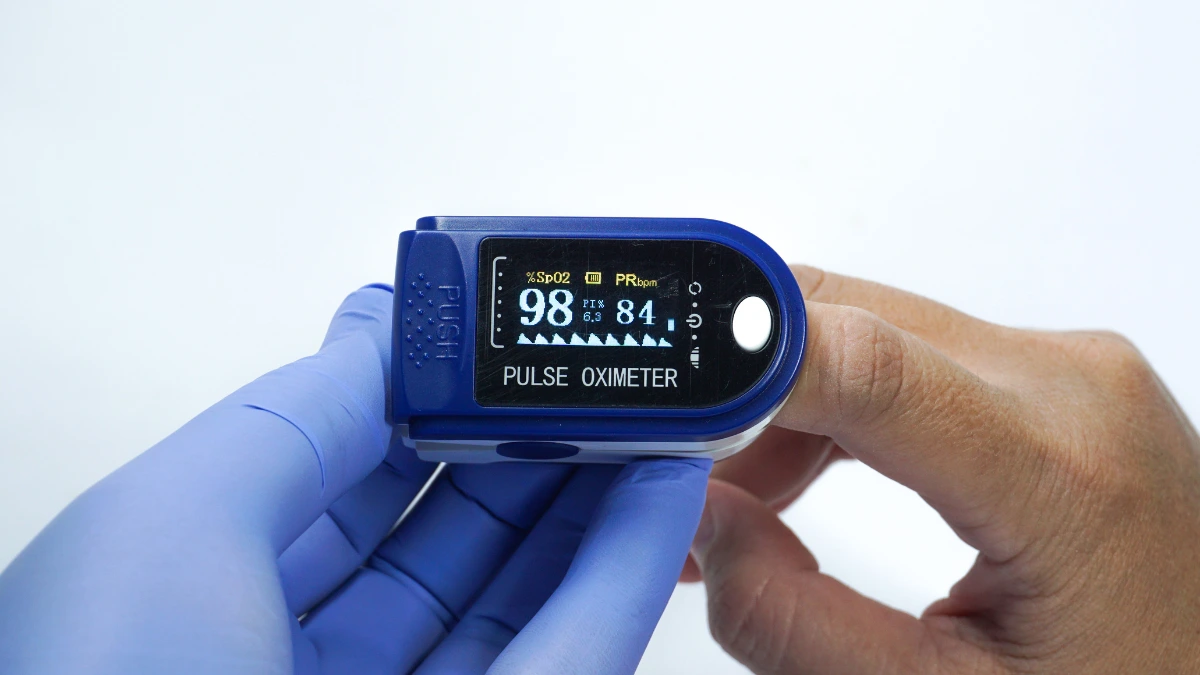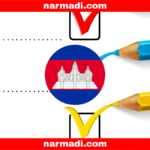A pulse oximeter provides many benefits, especially the ability to measure blood oxygen saturation and pulse rate. However, the advantages and disadvantages of pulse oximeters cannot be separated even though we can feel the benefits.
The advantages and disadvantages of pulse oximeters include easy to use and can monitor routine conditions, less accurate in certain patients, and cannot be used at low oxygen saturation.
This article will inform you about some of the advantages and disadvantages of pulse oximeters that you can consider.
Also Read
Table of Contents
The Advantages and Disadvantages of Pulse Oximeter
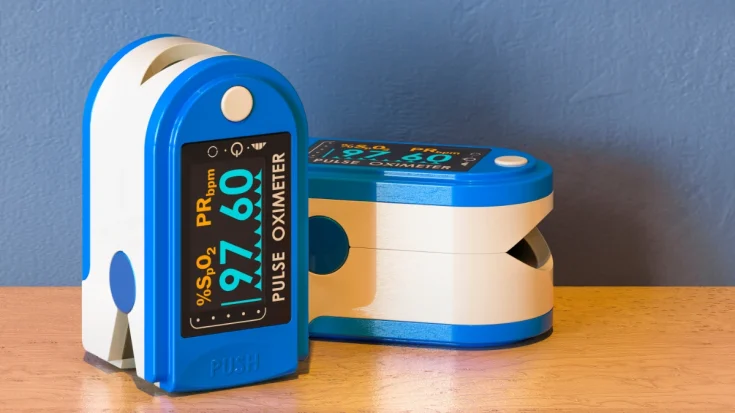
Like any other technology, pulse oximeter has several advantages that can be utilized and disadvantages to consider. The advantages of pulse oximeters are easy to use and can monitor routine conditions, while the disadvantages include being less accurate in certain patients and not being used at low oxygen saturation. Here are the advantages and disadvantages of pulse oximeters:
The Advantages of Pulse Oximeter
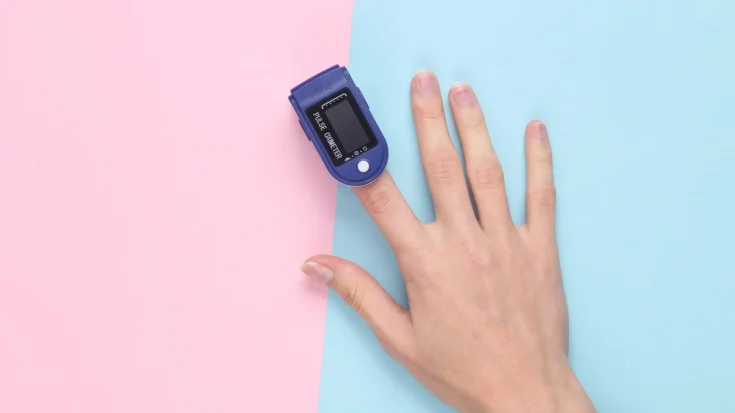
Here are some of the advantages of using oximeter:
1. Easy to use
One of the advantages of a pulse oximeter is its simplicity. This tool is considered a practical and easy-to-use tool. For medics, this tool is certainly an easy-to-use tool to find out information about blood oxygen saturation quickly. For personal use at home, this tool is also very easy to use.
2. Does not require invasive procedures
Does not require invasive procedures is another advantage of the pulse oximeter. The ease of getting this tool that you can find in many pharmacies, of course, is due to its easy use and does not require invasive procedures such as blood sampling.
3. Rapid detection
The undoubted advantage of a pulse oximeter is its ability to detect quickly. It only takes a few minutes when the device is placed on your finger, then you will quickly receive information about oxygen and blood saturation.
4. Can monitor routine conditions
Having a pulse oximeter, of course, will make the medical staff, or you personally to be able to monitor your oxygen and blood saturation conditions regularly. In patients with certain respiratory conditions, if there are vital signs, this tool can help medics to be able to take action quickly.
The Disadvantages of Pulse Oximeter
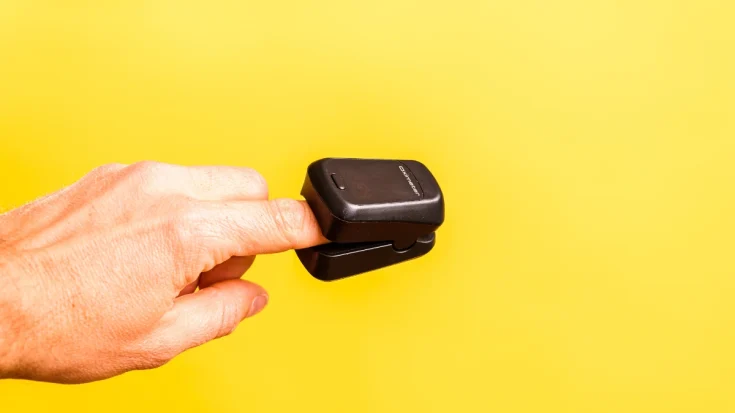
Here are some of the disadvantages of using oximeter:
1. Less accurate in certain patients
One of the drawbacks of the pulse oximeter is its lack of accuracy in certain patients. It can be less accurate in patients with dark skin pigmentation, poor blood circulation (such as hypotension or vasoconstriction), those wearing nail polish, or false nails.
2. No early warning
No early warning is another shortcoming of the pulse oximeter. It cannot provide early warning of breathing problems before there is a significant drop in oxygen saturation.
3. Reading errors
Another thing to note about the shortcomings of a pulse oximeter is its reading errors. It can produce false readings if the probe is not attached properly, there is lighting interference, or there is excessive movement during measurement.
4. Cannot be used at low oxygen saturation
The pulse oximeter has limitations for monitoring the condition of patients with oxygen saturation below 70% and may not provide accurate results in patients with certain conditions, such as vasoconstriction or hypotension.
Those are the advantages and disadvantages of pulse oximeters that you can consider before deciding to use them. When you choose to use an oximeter, you can feel all the advantages from being easy to use and can monitor routine conditions.
However, don’t forget to make a consideration of the disadvantages which are less accurate in certain patients and cannot be used at low oxygen saturation. Another thing to note is that using oximeter technology must pass the certification test from the Directorate General of Digital Infrastructure (DJID).
With DJID certification, users can feel calm about using an oximeter device whose quality and security are guaranteed. For manufacturers or importers of oximeter devices, obtaining certification from DJID is a mandatory step before the device can be officially marketed in Indonesia.
To simplify the certification process, you can use Type Approval Certification Services for ICT Products are available to assist with this process as a reliable solution.

